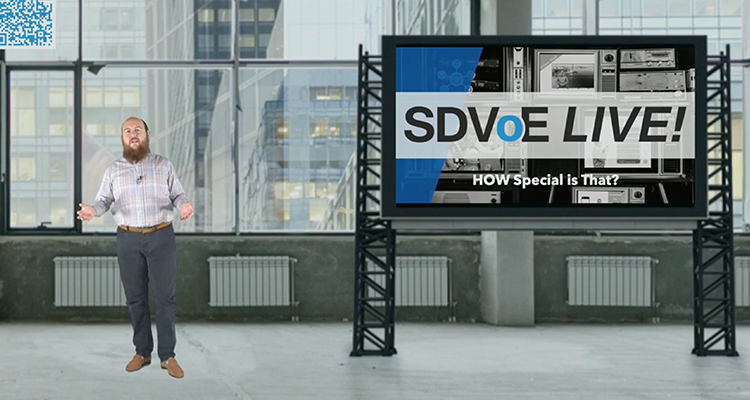Having Your Head In The Game For Troubleshooting

While everybody has an important role to play, it can be argued that the most important part of AV company are the techs. It’s important that everyone, sales, design, project management, programming and support do exemplary work that their job, but If the install and service techs aren’t an A-List team, none of the rest will matter.
Without installers, nothing gets installed, and without service techs, nothing gets fixed. And in order for techs to do exemplary work, they need to not only be good with their hands, but have the right mental approach to their job. It boils down to having the correct processes in place for every task.
The mantra that was drilled into my head years ago was Proper Procedures Produce Repeatable Results. Whatever the task, from running wires to terminating them, to cutting holes and fishing lines, there’s not only a right way and a wrong way, there’s a best way and an every other way. Repeatability is product of training and practice, making it second nature.
Every subsystem in the installation should have a list of everything that the system is supposed to do, so that the tech can check off and initial each function after confirming it, as well as space to write notes if something is a deficiency is found. A typical checklist has three columns for confirming functions because everything gets tested three times for functionality, by a minimum of two different people. Is checking everything three times overkill? Never. There’s no such thing as overklll.
No matter how consistent the installation team is, errors can and do occur. That’s why it’s imperative to be able to troubleshoot effectively.
“Pride goes before a fall,” as the expression goes. Working with AV/IT equipment stays interesting even after many years because it often finds new and novel ways it finds to not do what you want it to.
The worst faults to troubleshoot are the intermittent faults where, like a pendulum, it’s not working, now it’s working, now it’s not working, and so on. That’s why as important as it is to have a “best way” in all your jobsite processes, nowhere is it more important than when troubleshooting.
Troubleshooting is a five step process: Diagnose. Analyze. Repair. Test. Prevent.
To diagnose the problem, ask these questions: What is the fault? When does it happen? Where does it happen? Answer those and you’ll also find the answers to why and how.
This is important: Make no assumptions about the nature of the fault. Use the evidence you have (“Does it power on?”) to draw conclusions without getting sidetracked. Making unwarranted assumptions will lead you down a rabbit hole and waste valuable time.
In order to successfully analyze, you need to work through a list of potential sources of the problem. Be methodical, begin with the most obvious possibilities (hint: check the power cord first) and work your way through to the least likely causes.
As an aside, your company should maintain a troubleshooting manual that itemizes how best to deal with common faults encountered with your standard equipment. It’s a hugely effective tool for your new hires, and cuts down on the number of times per day that they’ll call you from a jobsite.
The easiest step is repair. Once you’ve identified the fault, fixing it is usually simple.
Next comes test: Don’t just fix it and walk away — test and retest the equipment to make sure that not only have you fixed the fault, but that you haven’t caused others to occur
Last, but most important is prevent: Once you’ve identified what caused the problem, and fixed it, make sure that that it doesn’t reoccur. If something needs to be re-engineered, bring it to the attention of the rest of the team, find a solution, and add it to the company’s collective wisdom so it doesn’t happen again on another jobsite.
My favorite example was a motorized lift where the installer hadn’t left enough slack in the TV’s power cord. It wasn’t coming completely unplugged, just loose enough to make the TV power off intermittently. The solution was to swap for a longer power cord, and make sure it didn’t get pinched in the lift assembly. It was a simple solution, but it took an embarrassingly long time to solve at first.





